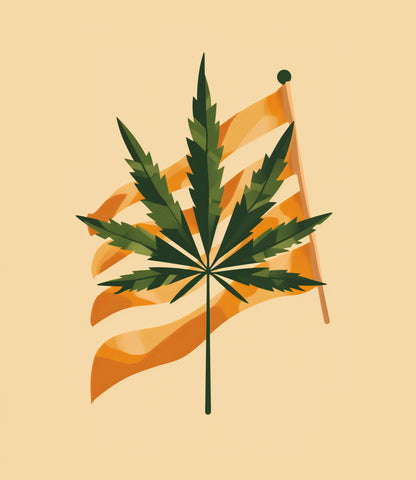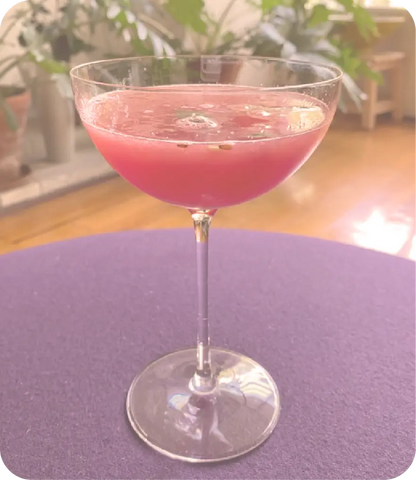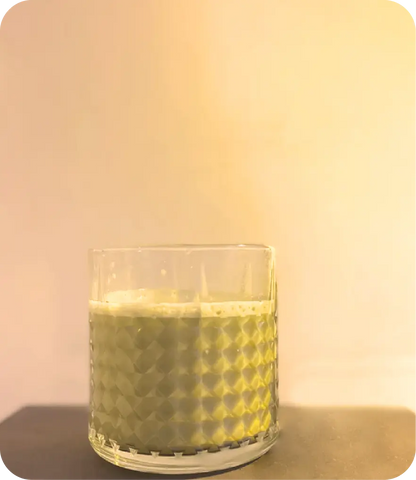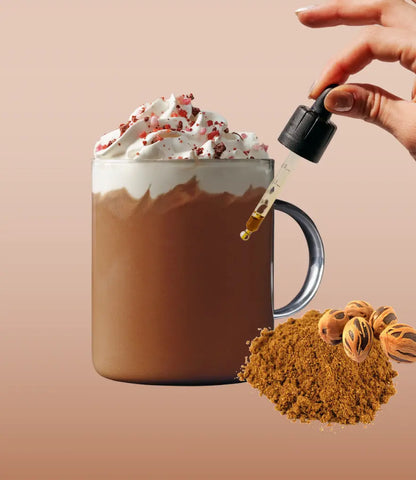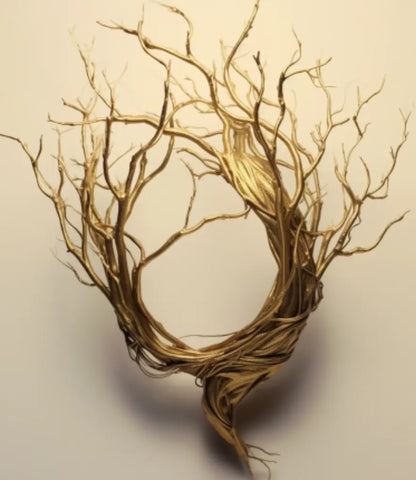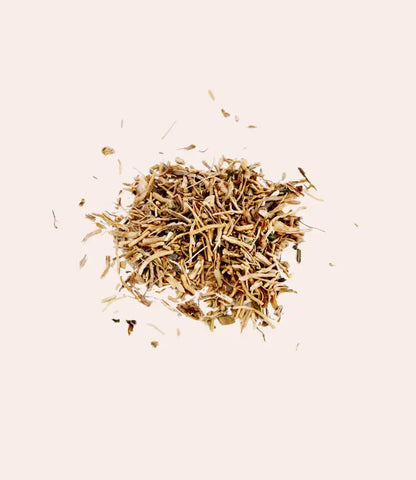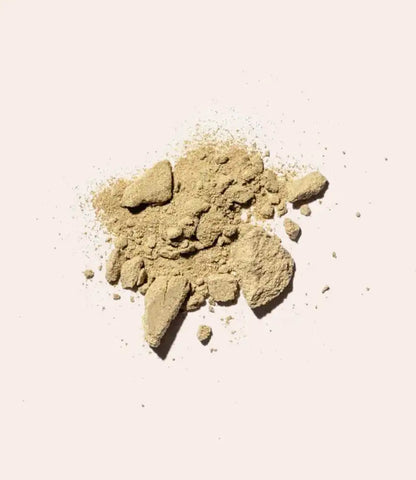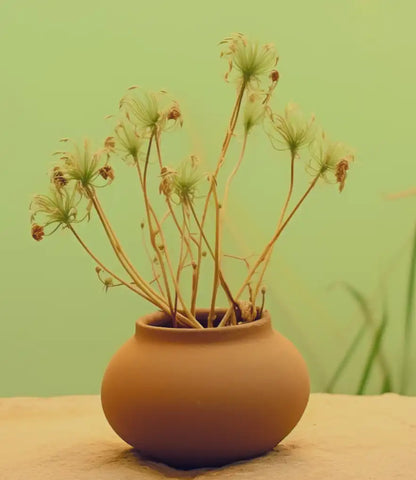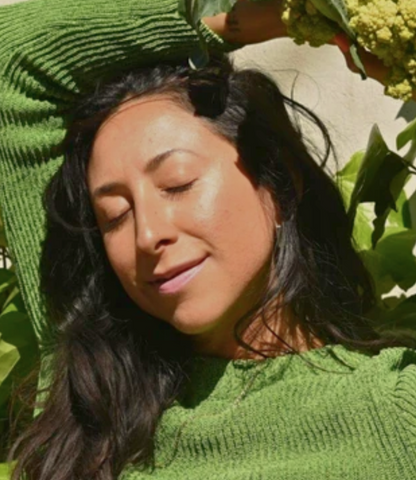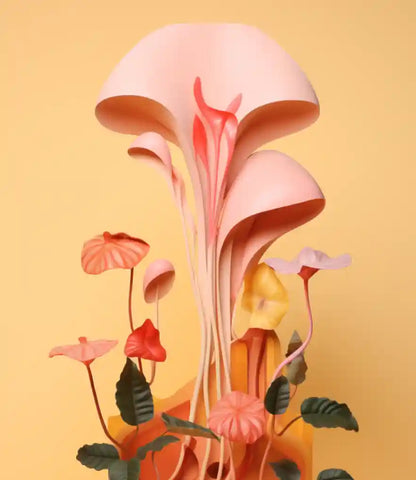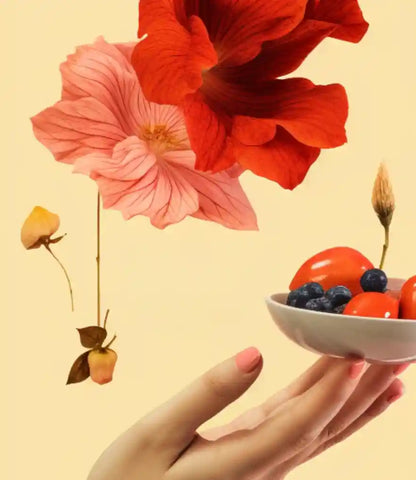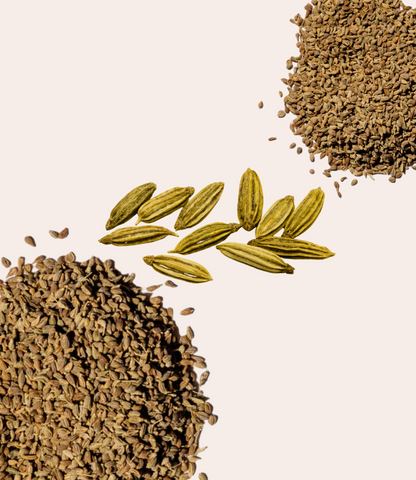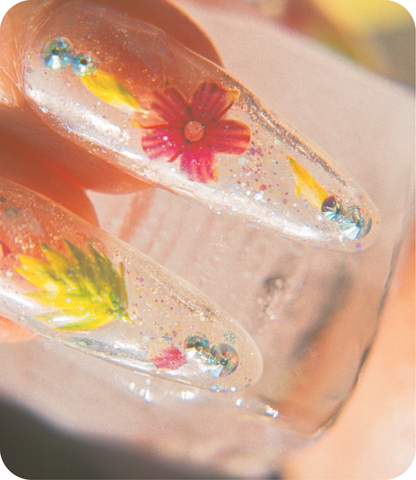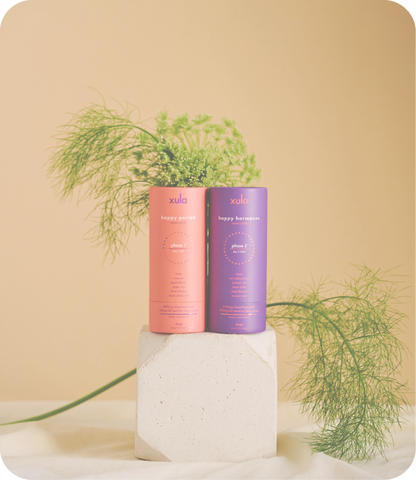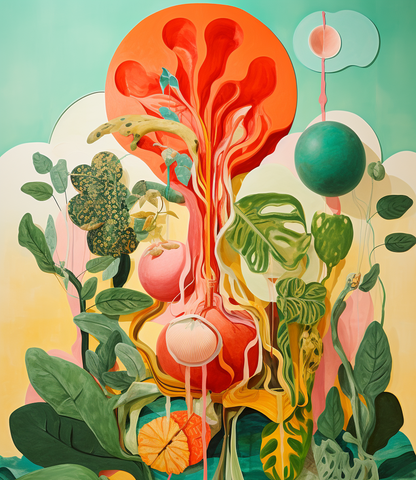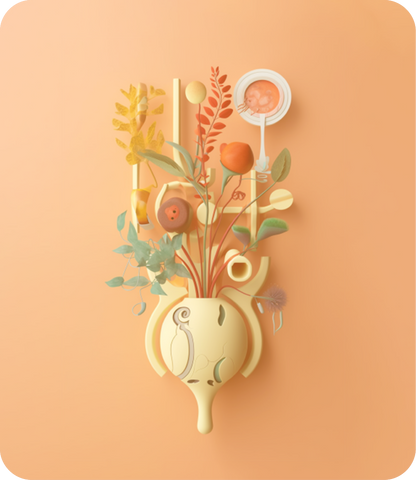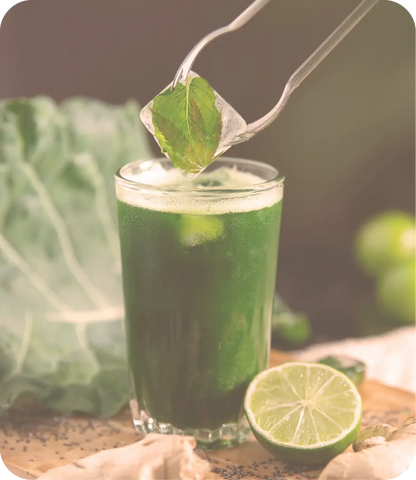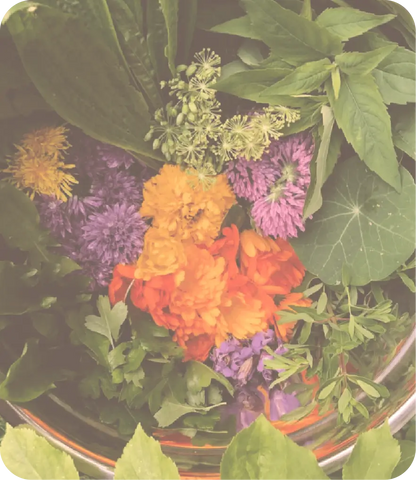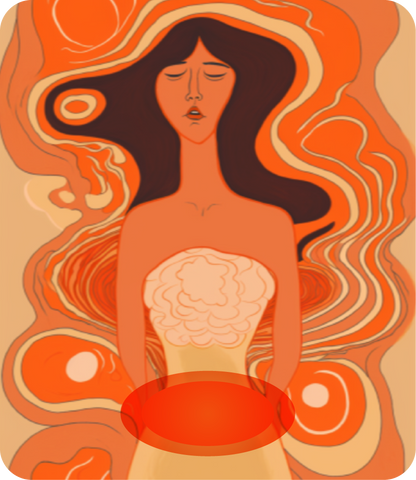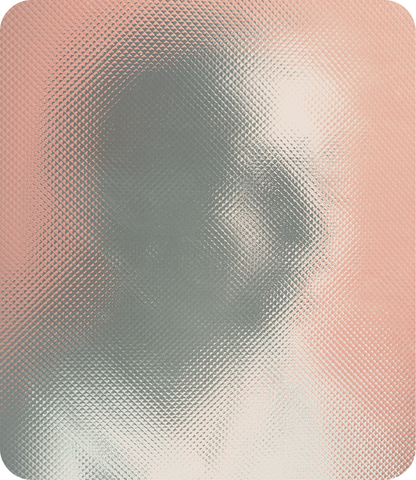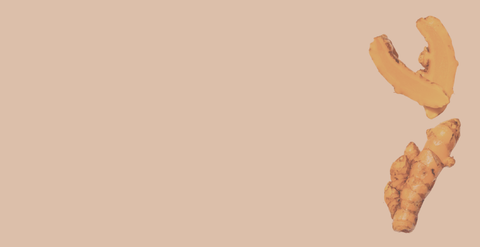
Turmeric The Versatile Root Herb
Besides flowers, plants aren’t always embraced as beautiful organisms of nature. Herbs and roots specifically aren’t necessarily the first thing that comes to mind when you think of beauty either. But turmeric—the golden spice—absolutely must go down as one of the prettiest plants in history. The richness in color, the warmth, the uniqueness, ugh *heart eyes*.
Aromatic, flavorful, pungent, warm, yellow—turmeric. Scientifically known as Curcuma longa, this ancient and medicinal herb has been around for millennia. You can find turmeric in a flavorful curry dish, a beverage, and even supplement capsules from your local retailer. This diverse root is in the same family as the fan favorite ginger.
This vibrant and versatile herb has its origins in India and Southeast Asia. It’s a cultural staple as far as herbs go for many Indian, South Asian, Middle Eastern, North African, and Caribbean homes. Turmeric’s historical uses in medicine and cuisine remind us that people of color have been connected to the earth as a way to heal and create for themselves through what nature provided. Incorporating turmeric in daily life has been a practice passed down from many generations with little transformation over time. Its practical uses remain the same all these years later.
Over the last few years, turmeric has gained more attention in Western culture. Its uses became popularized in the west as it was associated with a lifestyle of holistic wellness and better health in North America. Newer research has begun amplifying older Eastern practices about the inherently medicinal properties and potential functions of the plant.
Related to: Turmeric root
Root Medicine
Using turmeric is plant wellness—it's root medicine. Root medicine is exactly that, harvesting the benefits of roots to treat conditions needing a form of medication. As a natural remedy to issues in or on the body such as inflammation, poor circulation, bloating, hyperpigmentation, joint pain, and digestion, it has a plethora of benefits. Raw root, powder, paste, oil etc. are all forms of turmeric that can be used medicinally. The herb’s ability to be consumed internally or applied topically while supporting vitality is truly magical. Not all plants can do that. In addition to being a star on its own, the golden spice is a team player. Turmeric has the ability to drive the nutrients and benefits of other herbs throughout the body.
Related to: 3 Healthy Mocktail Recipes for Winter
Ways to Use Turmeric
Turmeric is functional in its offerings too. There are various methods to be creative with the plant beyond medicine. The bright and yellow of the root can be used for more colorful consumption, brightening hyperpigmented skin, or beautifully coloring pale or dull fabrics. Turmeric is what makes foods like curry, specialty rice, and soups catch your eye with bold tones of golden yellow. While it can stain countertops or plasticware, turmeric’s powerful coloring can objectively be used to dye accessories and clothing. But it gets better because turmeric is also used in beauty. Most if not all beauty perks of turmeric intersect its medicinal value. Face masks, skin scrubs, and ointments can each take advantage of turmeric.
4 creative ways to use turmeric:
- DIY turmeric tonics
- Add it to a smoothie
- DIY homemade spice mix
- Making your own soap
Daily Wellness with Turmeric
Taking care of ourselves includes what we put in and on our bodies. Incorporate turmeric in your daily or at least weekly routine. It’s great for our health and it’s gorgeous. Switch up your latte, heal your skin, spice up your cabinet, mix a few droplets of tincture into that cup of tea. The possibilities are vast, why not try taking care of yourself with turmeric?
Related to: Our Bodies: An Intimate Look at Gender, Plant Medicine + Menstruation
Sources
Cleveland Clinic (2021, November 10). 7 Health Benefits of Turmeric. ClevelandClinic.org. https://health.clevelandclinic.org/
Prasad S, Aggarwal BB. Turmeric, the Golden Spice: From Traditional Medicine to Modern Medicine. In: Benzie IFF, Wachtel-Galor S, editors. Herbal Medicine: Biomolecular and Clinical Aspects. 2nd edition. Boca Raton (FL): CRC Press/Taylor & Francis; 2011. Chapter 13.Available from: https://www.ncbi.nlm.nih.gov/books/NBK92752/
Sharifi-Rad J, Rayess YE, Rizk AA, Sadaka C, Zgheib R, Zam W, Sestito S, Rapposelli S, Neffe-Skocińska K, Zielińska D, Salehi B, Setzer WN, Dosoky NS, Taheri Y, El Beyrouthy M, Martorell M, Ostrander EA, Suleria HAR, Cho WC, Maroyi A, Martins N. Turmeric and Its Major Compound Curcumin on Health: Bioactive Effects and Safety Profiles for Food, Pharmaceutical, Biotechnological and Medicinal Applications. Front Pharmacol. 2020 Sep 15;11:01021. doi: 10.3389/fphar.2020.01021. PMID: 33041781; PMCID: PMC7522354.



